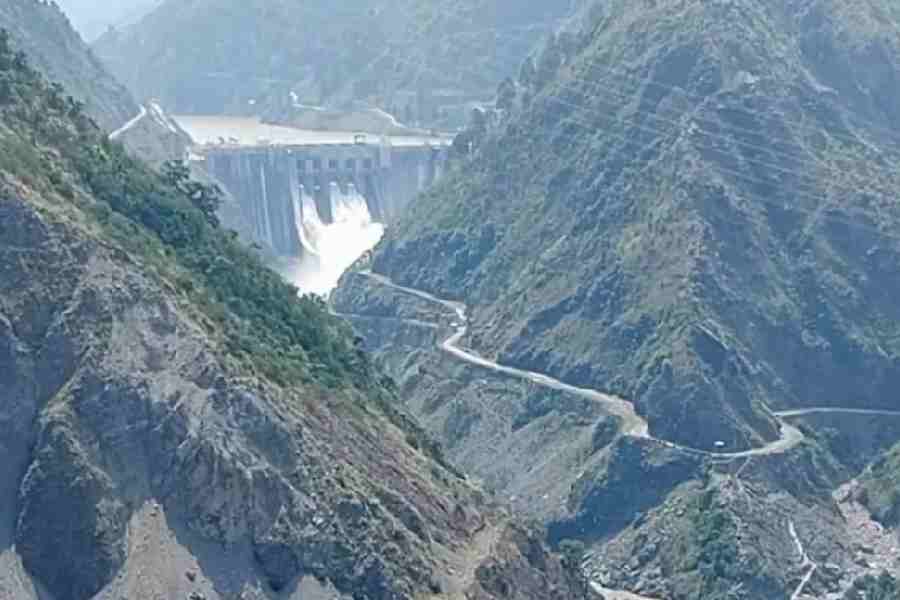
Calcutta: Respect your neighbourhood. Respect nature. That is Kolkata Architecture Foundation's appeal to house-owners, developers and architects in the city.
The foundation aims at uniting like-minded citizens to preserve the cultural and aesthetic identity of the city and its neighbourhoods.
"It is an unequal fight that goes on when a house is being built as the builder wants to maximise profit and the architect has to convey a philosophy to him. It boils down to how sensitive they are to the neighbourhood. But the situation would change if the house-owner also starts asking what the buyer intends to do with the house," says Chaudhuri, the president of the foundation and the moving force behind it. Chaudhuri has been featured among the "100 Most Influential Architects and Designers in the Subcontinent in 2018" by Architectural Digest.
Chaudhuri feels ideas on paper aren't enough to reach out to the masses. "Common people would not understand the value of virtual environment till they see it translated to a physical environment."
According to Chaudhuri, the façade of a building is more than the built component. "It also encompasses the surrounding trees and the pavement." So the foundation maintains the pavement greenery in its Hindusthan Park neighbourhood.
Another project it have taken up is painting electrical distribution pillar boxes. The first lot was inspired by the paintings of Le Corbusier, a pioneer of modern architecture. The second was based on Nandalal Bose's linocut paintings in Sahaj Path. "We will even paint the garbage vats so people think twice before littering the surroundings."
The foundation designs the boxes at no charge. The expense involved is just the cost of paint and a day's pay for the artist.
To make citizens take pride in the city, the foundation is taking multiple initiatives. One such is organising sketch walks in which participants interpret the city on canvas as they view it in course of a tour. He shows the sketches produced in the first sketch walk in December.
The foundation is now preparing a map of Calcutta. "It will show the heritage properties, places to see, Metro lines... We will hand it over to the government once it is ready, for tourists to collect or download."
Another project close to Chaudhuri's heart is a design store for which space has been kept on his office's ground floor. "The handicrafts produced by traditional artists lack the finesse needed to appeal to an international audience. That is what we will provide. The products will celebrate India as a whole."
To standardise designs in accordance with the locality, Chaudhuri suggests dividing Calcutta into three parts, based on their historical character - the heritage part in the north and centre, post-Independence settlements in the south and planned spaces in the east. "If companies adopt stretches of the lesser-maintained areas of the city as part of corporate social responsibility, the city would look transformed."
Calcutta's bane, he feels, is the lack of a regulatory body to preserve its aesthetic image. "In Bangladesh, for any public building to be built, the Institute of Architects Bangladesh has to be consulted. Delhi too has the Delhi Urban Art Commission. Here, the decisions are taken by government officials who ask for a glass front on a building's western side!"
Incentives are also needed to promote adaptive reuse of old buildings with character, even if they are not graded heritage structures. "It could be in the form of tax benefits offered not just to the owner but also to the tenant. Otherwise, we are simply waiting for the building to be razed. New-age vertical structures will surely come up but a locality's character also needs to be preserved where it is worth preserving."
He wants design interventions for public spaces like passenger sheds of buses, garbage compactor stations and Metro pillars.
"It is a disastrous idea to air-condition bus stops. They should be standardised and simple. Like in cities abroad, a bus stop should provide information like which routes stop there, where they go and a map of the locality." As for the Metro pillars. the way they have been painted over in Salt Lake and New Town can be done elsewhere too.











